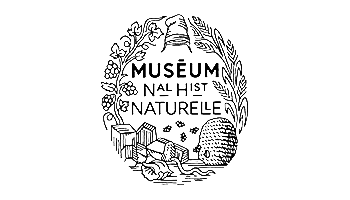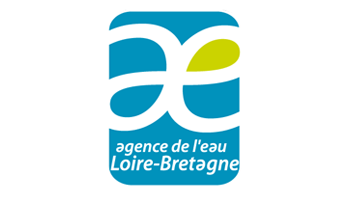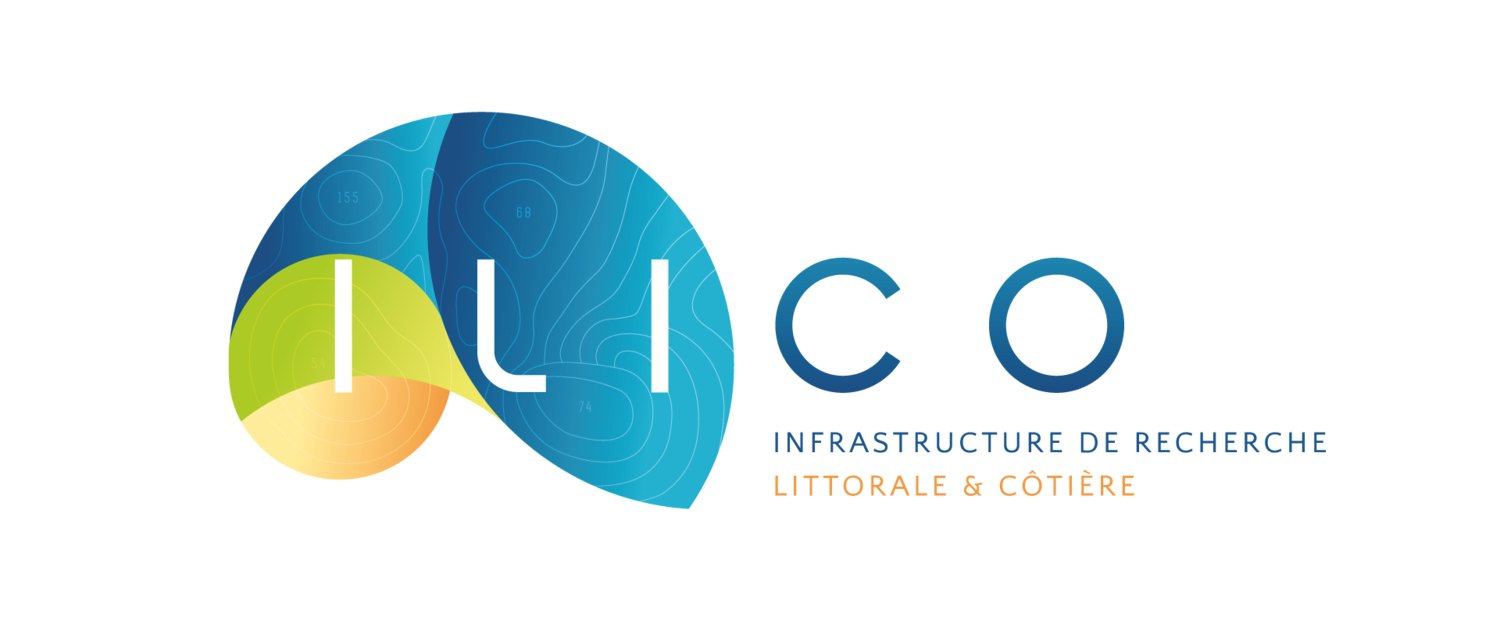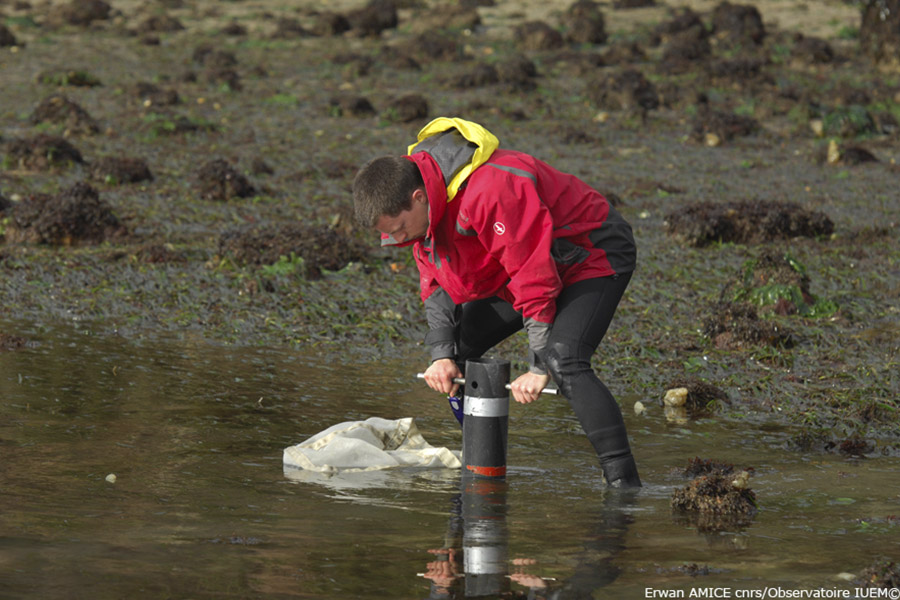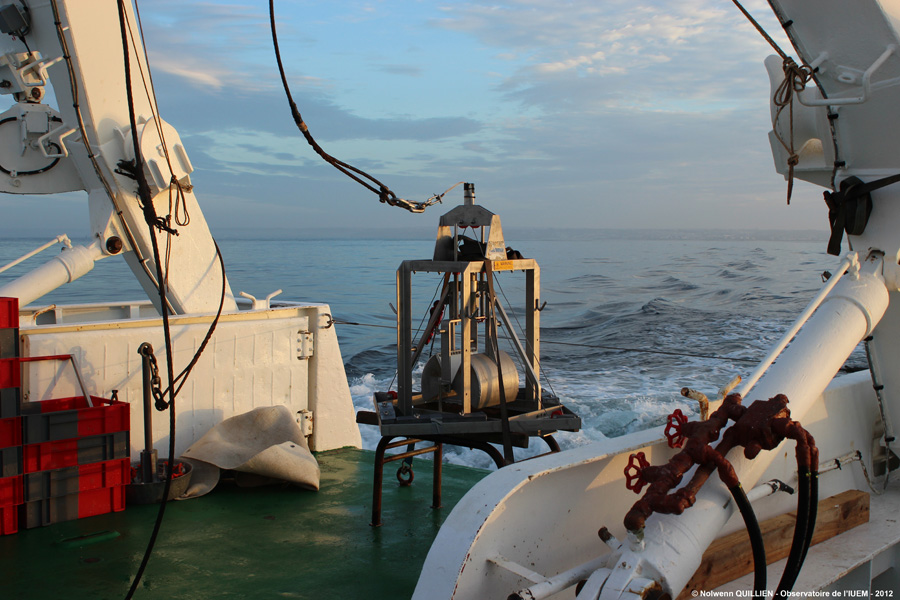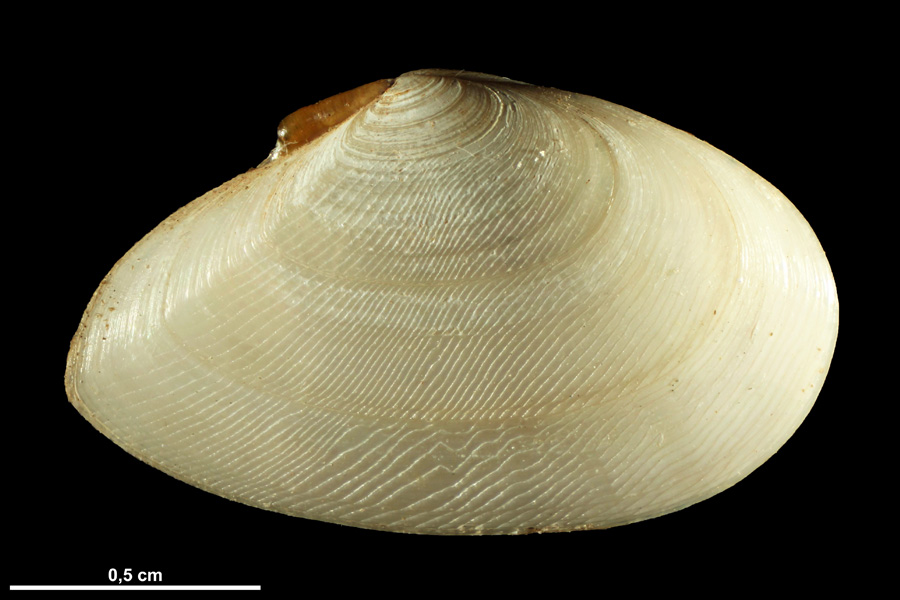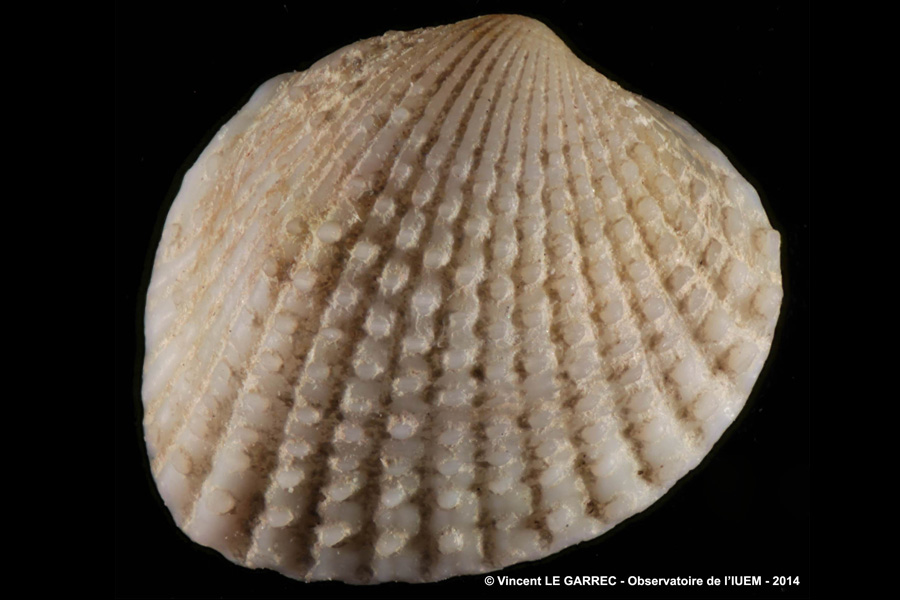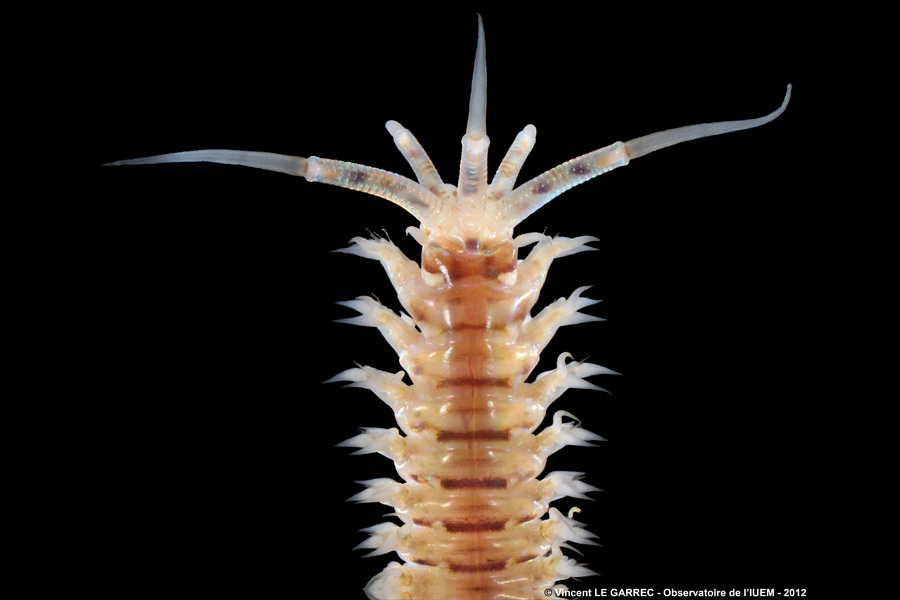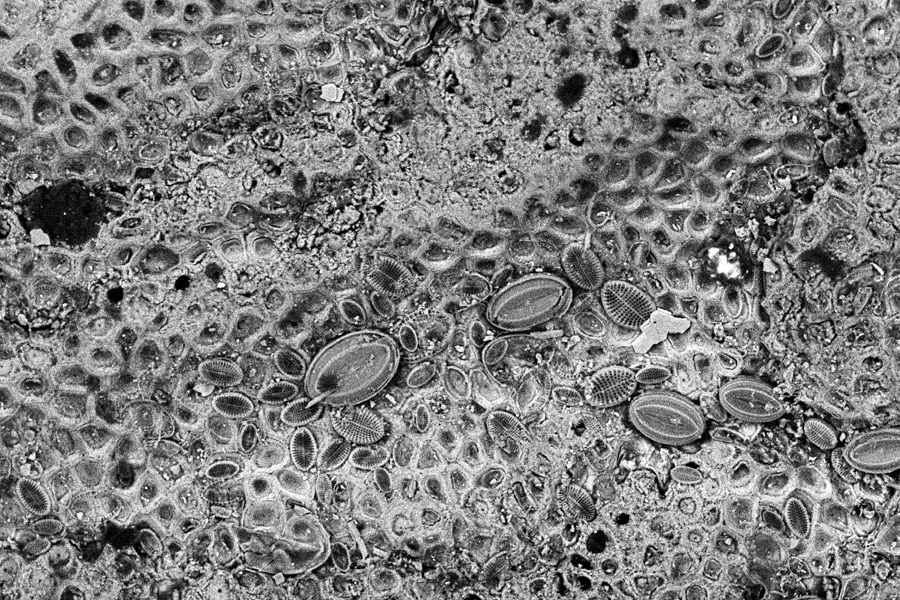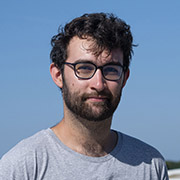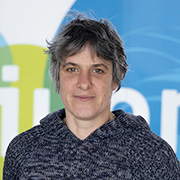Observation series
Monitoring of benthic habitats
The macrofauna and macroflora communities and the biodiversity associated with the four target habitats (soft intertidal, intertidal macroalgae, eelgrass beds with Zostera marina, maerl) are monitored at 58 stations around Brittany. In the Brest-Iroise Workshop Area (ZABrI), the observation pressure is more intense on the maerl and the meadows.
Within the coastal research infrastructure (IR-ILICO), the harmonisation of sampling and determination techniques has made it possible to improve the quality of the data produced (annual intercalibration seminars). The IUEM plays a central role in this process as it actively participated in the organisation of the first seminar dedicated to the issue, in 2010. From a societal point of view, the data are used to comply with the Water Framework Directive (WFD) and the Marine Strategy Framework Directive (MSFD). The IUEM Marine Observatory team is heavily involved in the project to label the benthic series BenthOBS at the national level. It is also involved in the development of indicators dedicated to the DCSMM and in particular in the D1-biodiversity and D2-non-native species components.
Partners
The sites
Long-term monitoring of benthic habitats carried out at the IUEM is implemented on the whole of Brittany’s coasts, from Mont-Saint-Michel Bay to Vilaine Bay. They are carried out on four emblematic habitats of the Brittany coasts: rocky foreshores, sandy foreshores (beaches), eelgrass beds and maerl beds.
The Brest harbour and the Iroise Sea are focal points where the observation pressure is increased, both spatially, with a high concentration of observation stations, and temporally, with a higher frequency of observation.
Follow-ups
Monitoring is carried out once a year at each site, at the end of spring. In the Brest-Sea of Iroise area, this monitoring is doubled in the autumn.
Parameters recorded for each habitat :
Intertidal rocky areas :
- species of macroalgae present and their abundance
Sandy foreshore :
- species of benthic invertebrates present and their abundance,
- sediment grain size,
- organic matter content of the sediment
Intertidal eelgrass beds :
- species of benthic invertebrates present and their abundance,
- sediment grain size,
- organic matter content of the sediment,
- density, length, biomass of eelgrass plants
Maerl benches :
- species of benthic invertebrates present and their abundance,
- sediment grain size,
- organic matter content of the sediment,
- maerl vitality (rate of recovery in living maerl).
Benthic habitats
In pictures
The team | Contacts
Lauriane DERRIEN
UAR 3113

